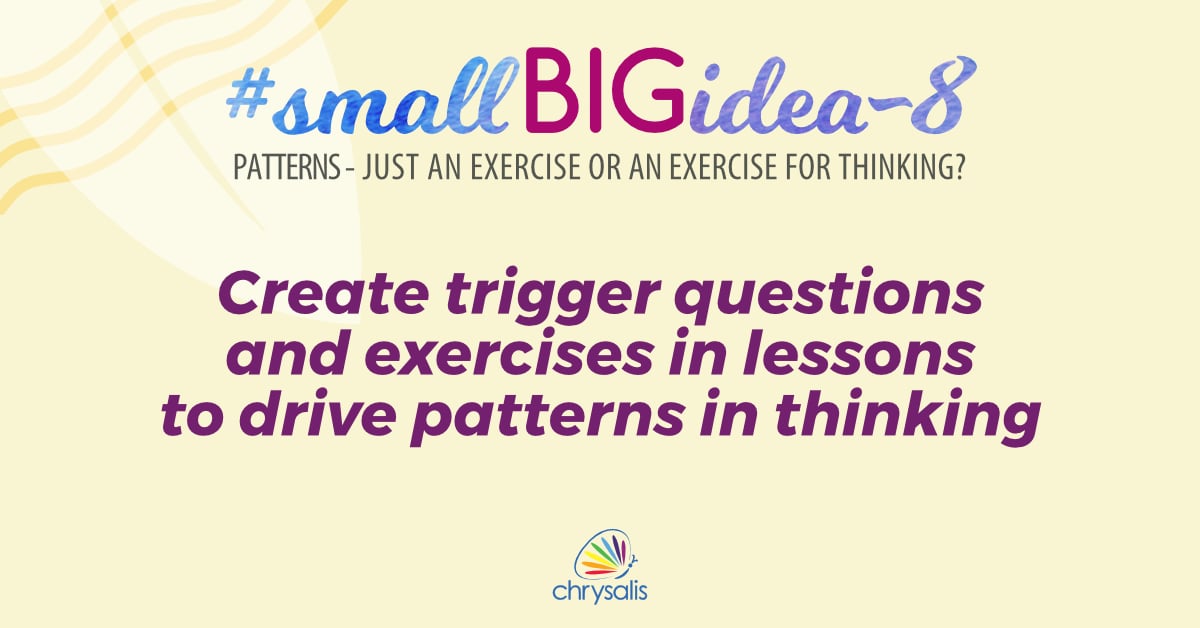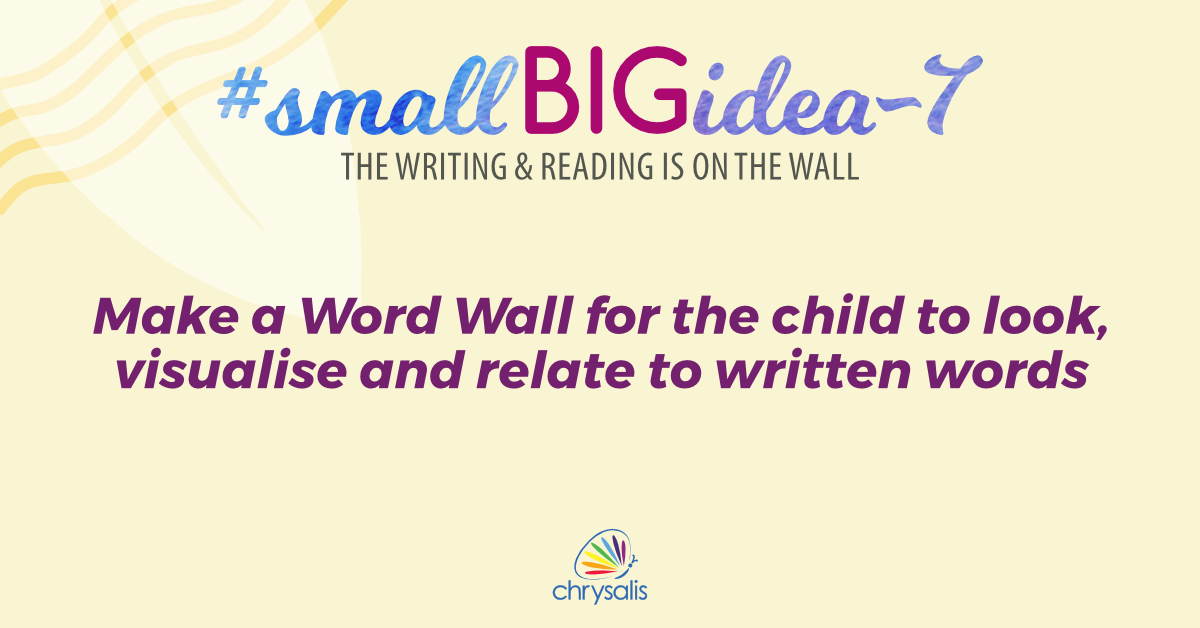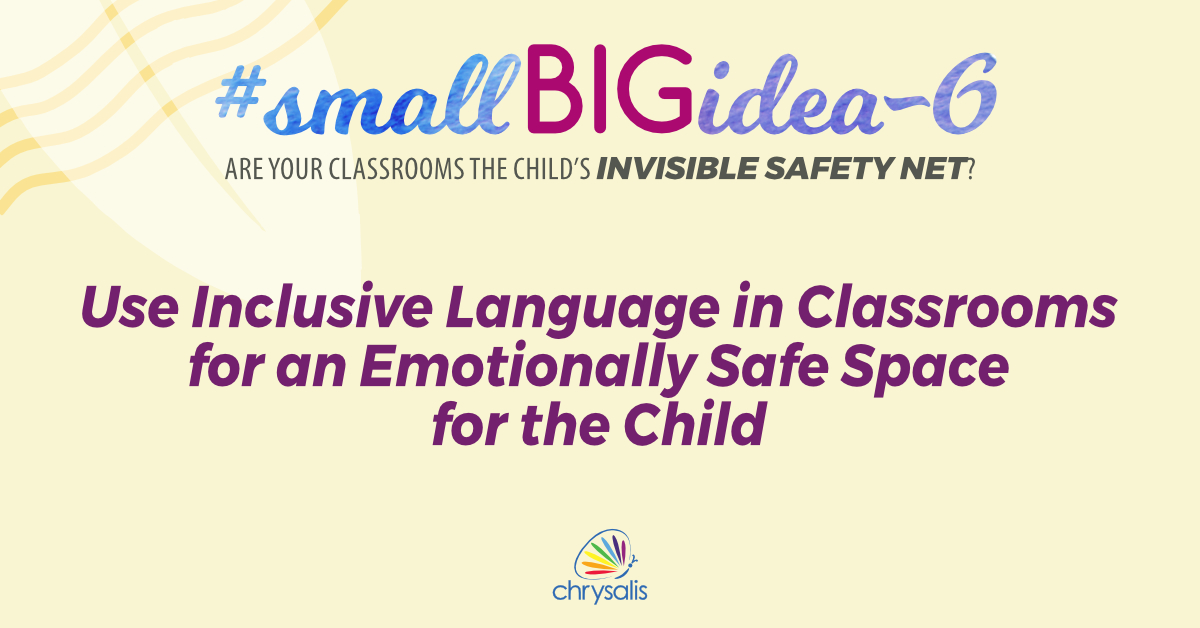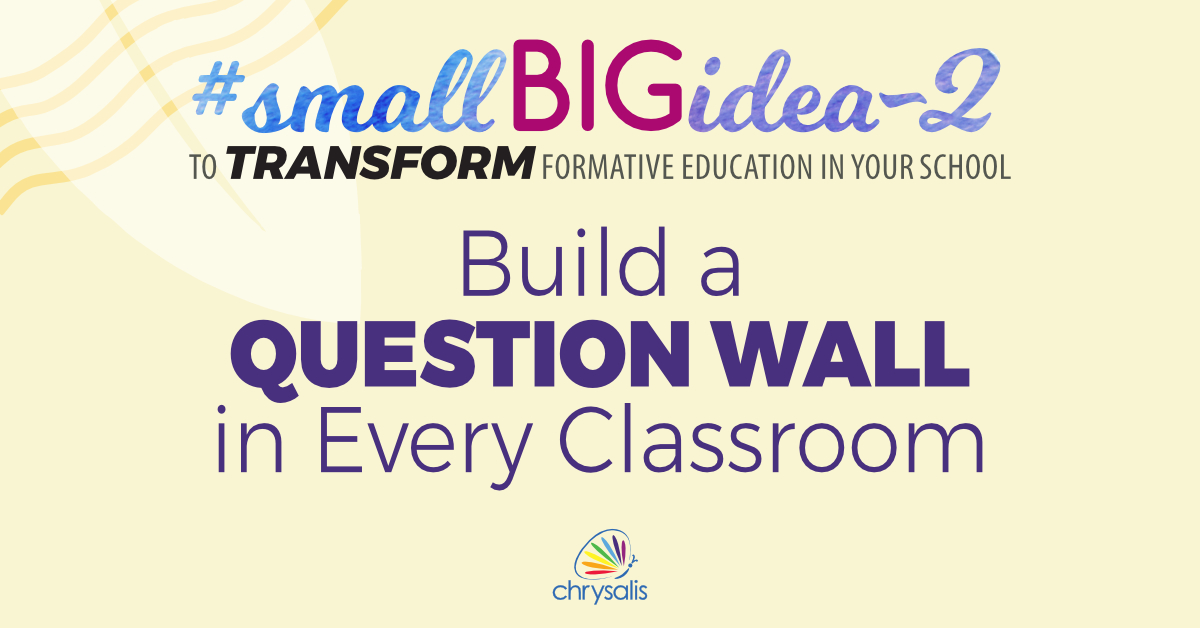
Pattern recognition has lead to discoveries, new ideas and breakthroughs in our understanding of the world around us.
Learning through Patterns:
Think about how a child would have categorised the animals into the two boxes? Some of them live in the wild or the child must have seen in zoos. Some of the animals they would have seen in homes. So, now the child making connections between the animals, where they live and then categorizing them based on that. This kind of pattern recognition is the first step towards prediction and scientific thinking.
The brain is naturally curious and seeks patterns. The more connections it makes, more patterns are formed, which in turn will lead to deeper learning.
Presenting...#smallBIGidea - 8
| S.NO | WHAT CAN YOU DO: |
| 1 | Take a questioning/inquiry based approach to giving small assignments/activities in class. |
| 2 | Keep the questions open-ended, ie., questions that will need more than just a ‘yes’ or ‘no’ as an answer. |
| 3 | Let the questions trigger them to think about the topic IN CONTEXT with their immediate surroundings, the world around and their own life. |
| 4 | Ensure your questions include some pre-knowledge the child might have in that topic. For eg., when talking about wild animals, asking questions on ‘what makes these animals wild?’ or even ‘what is the meaning of the word wild?’ could be a good starting point. |
| 5 | For younger classes (Nursery to Grade 2), repeated reading, or reading whole words to them in different contexts would help them understand the patterns in words and their usage. |
Pedagogic “Why” for this #SmallBIGidea:
- When children explore and learn about patterns, we help them build important foundations for later number work.*
- Pattern recognition is a key determinant of a person’s potential to think logically, verbally, numerically and spatially.**
- The ability to spot existing or emerging patterns is one of the most if not the most critical skill in decision-making, though we’re mostly unaware that we do it all the time.**
- Children’s language development is a learnt skill and is intricately linked to their ability to recognise patterns in their environment.***
Supporting Research Articles:
- *Huebner, M., & Bush, C. (1970). Strategies for reading in the elementary school. New York: Macmillan.
- **https://www.psychologytoday.com/intl/blog/singular-perspective/201801/see-the-world-through-patterns
- **Tyson, Neil de Grasse (2015), Cosmos: A Spacetime Odyssey-transcripts (Episode 3), When Knowledge Conquered Fear.
- ***University of Sydney. “Pattern learning key to children’s language development.” ScienceDaily. www.sciencedaily.com/releases/2016/05/160505222938.htm (accessed September 22, 2019).
What are #smallBIGideas?
Presenting, some #SmallBigIdeas that can transform Formative Education in your schools. They are seemingly small but definitely impactful. Because, all you would need is an open mind and a willing heart.
What: One #smallBIGidea a week - just 1-minute reading time.
How: #smallBIGidea sent to your email ID with link to a one-page document that explains the pedagogy and the steps to implement it.
It is these simple ideas that can go on to bring a radical transformation. In your school. For the child.





